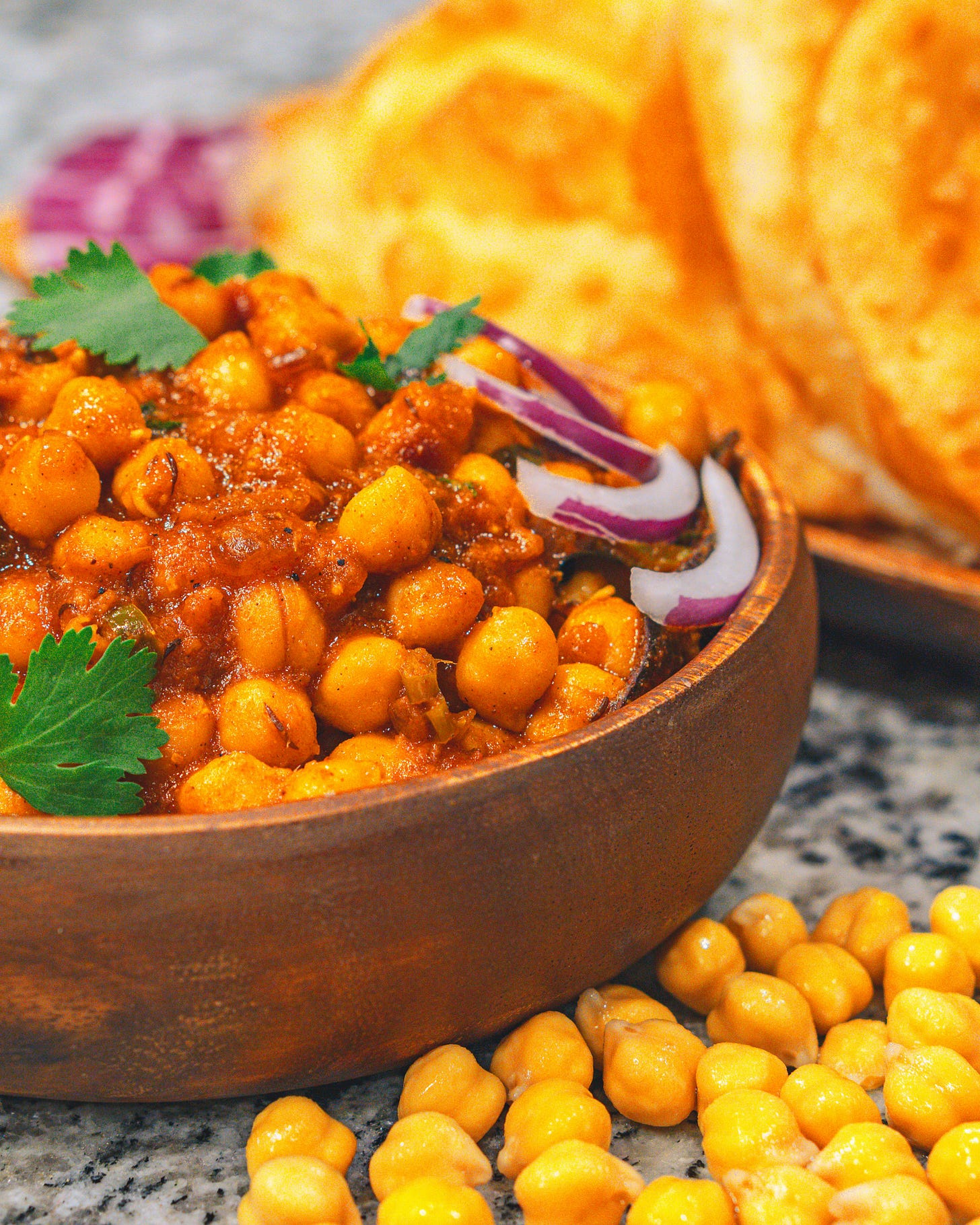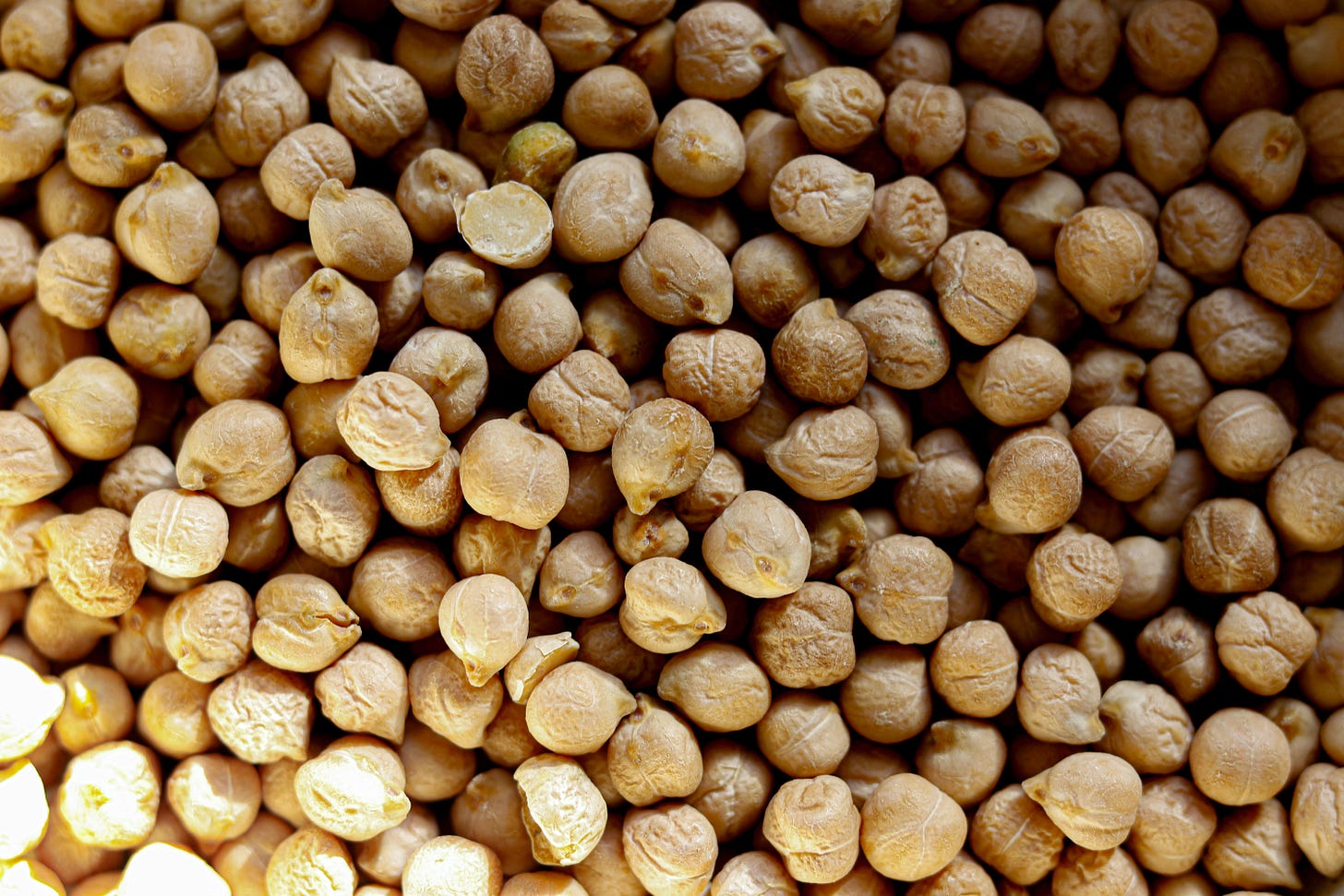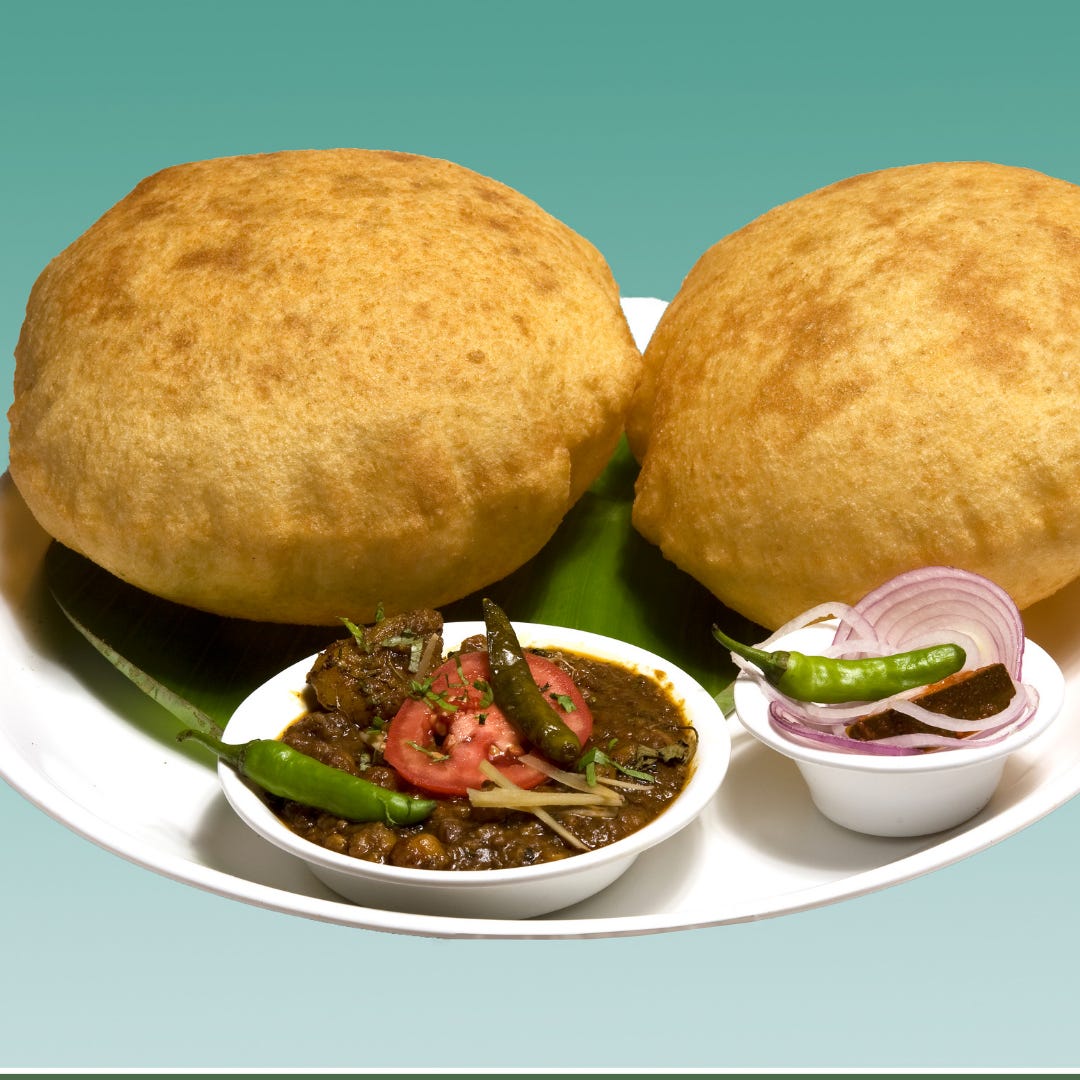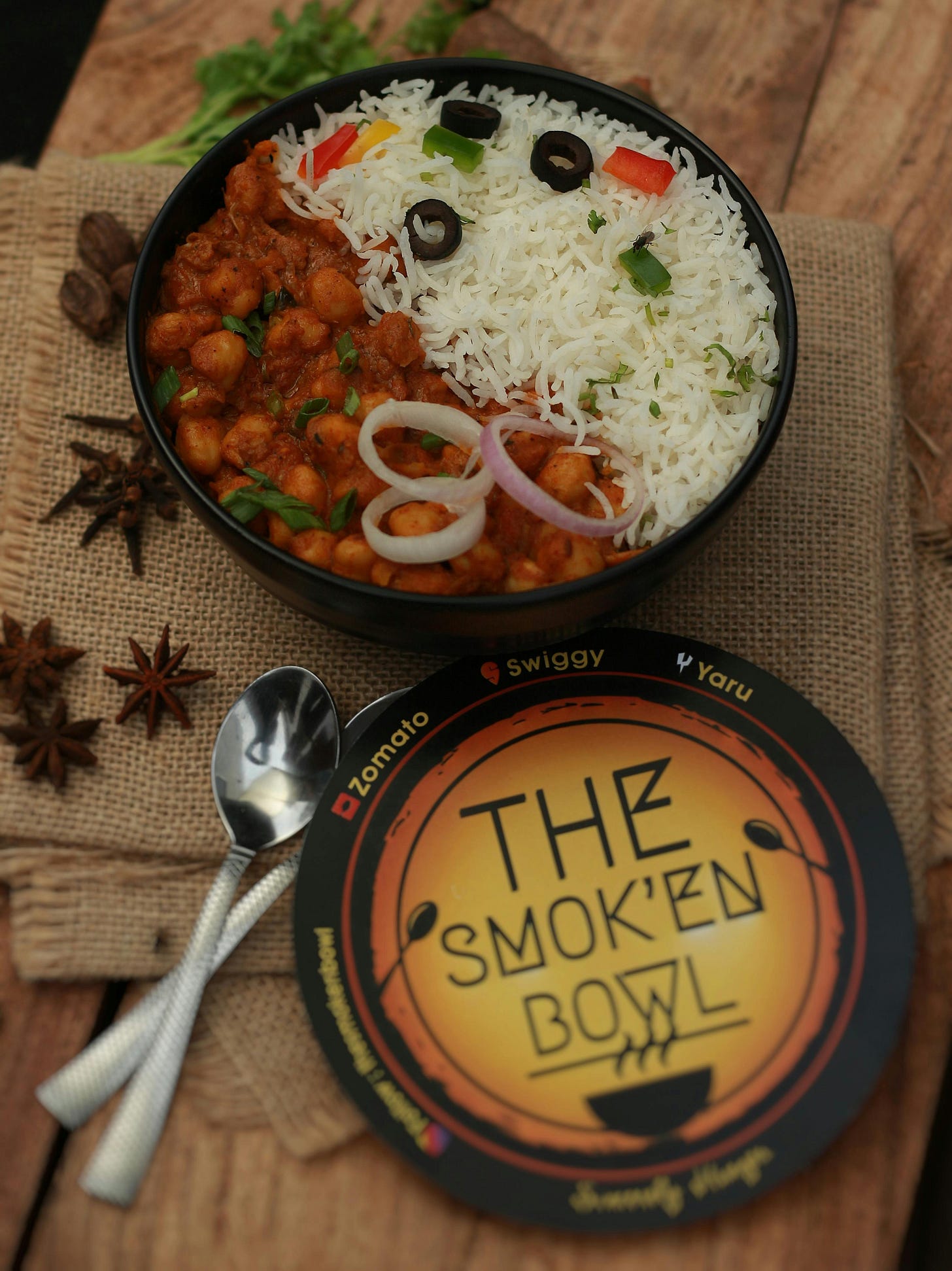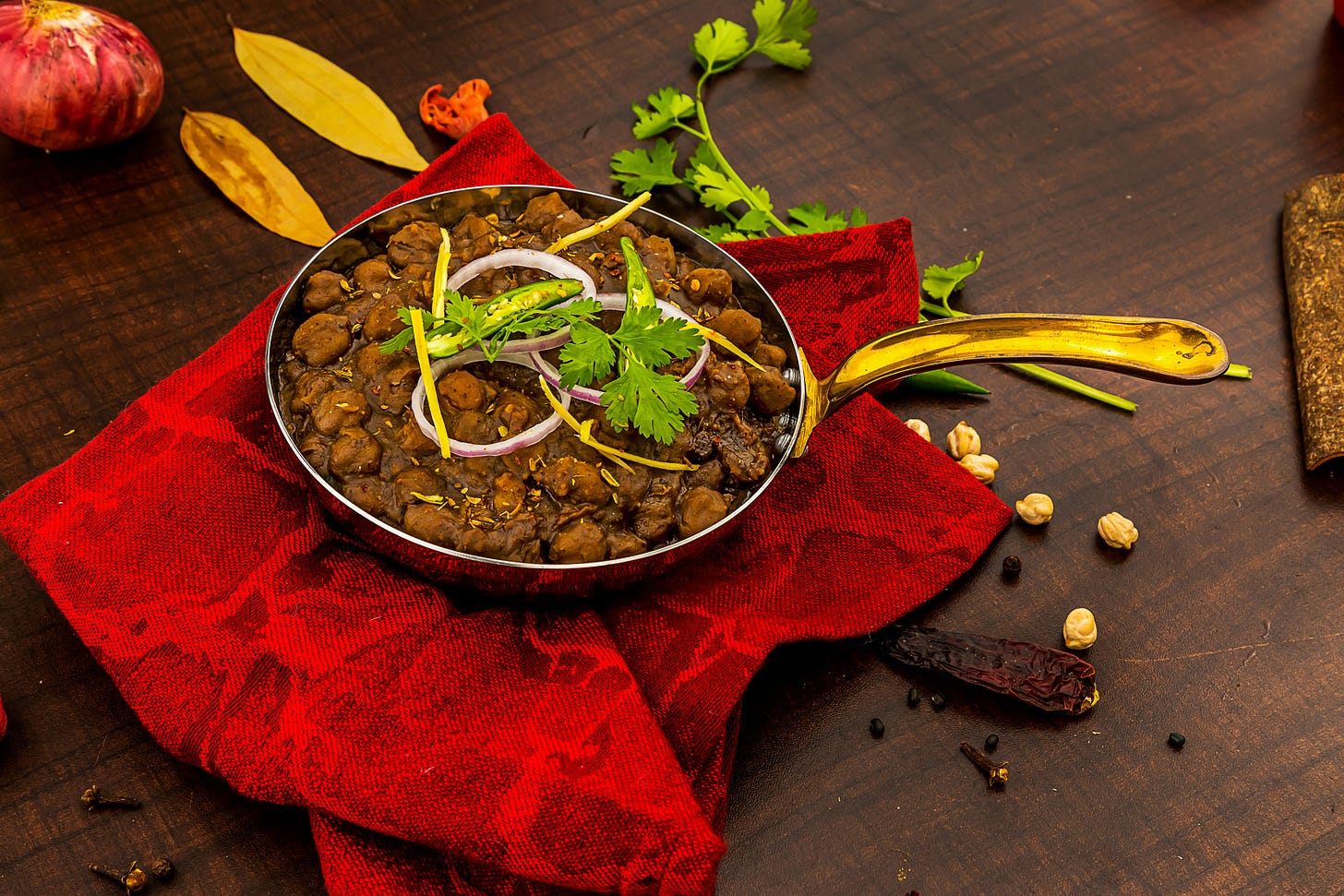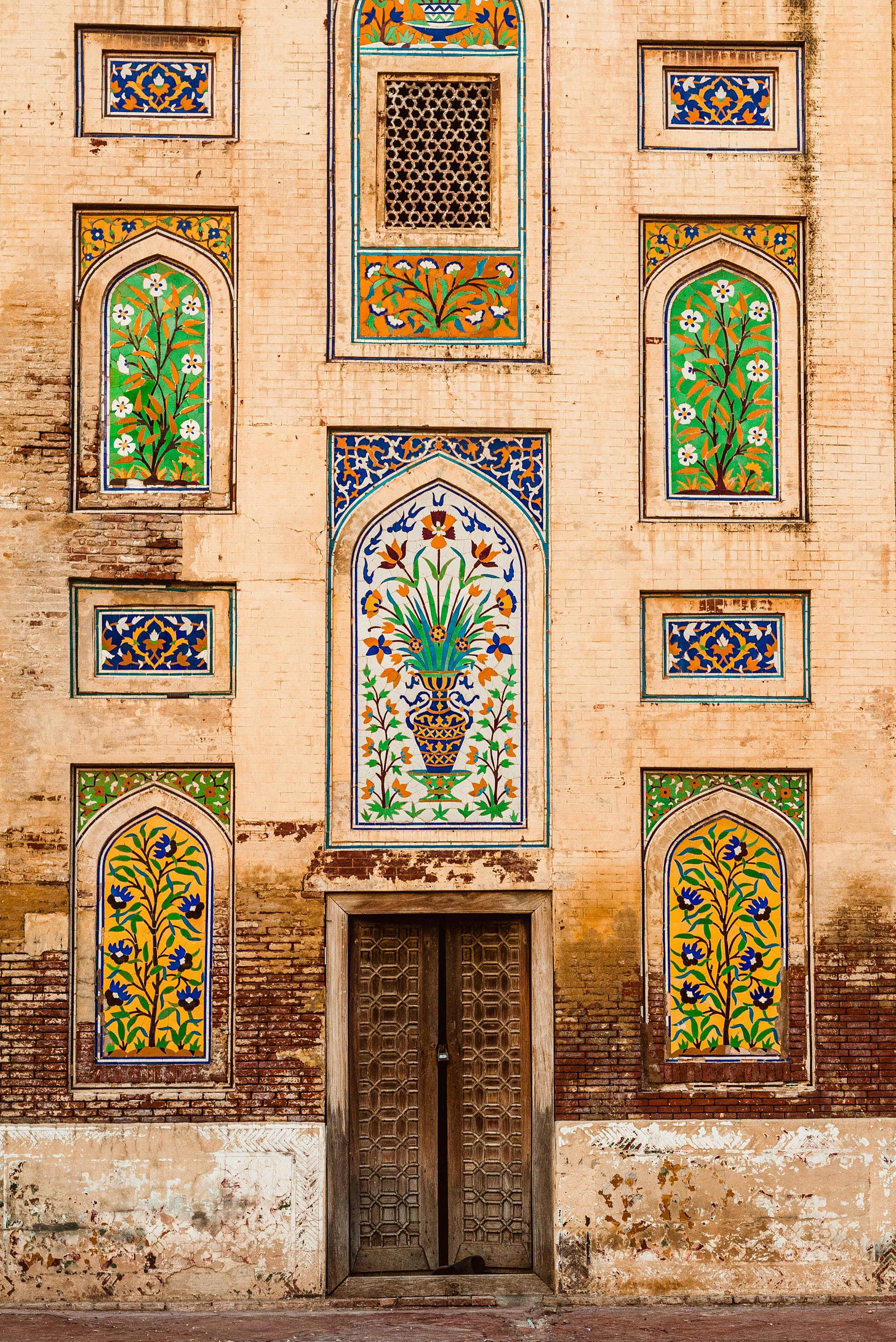Tracing the History and Global Fame of Chana Masala : The Timeless Tale of Chickpea Curry
Few dishes encapsulate the rich culinary heritage of India as beautifully as Chana Masala, or chickpea curry. Known for its robust flavour, aromatic spices, and satisfying texture, Chana Masala has become one of the most famous Indian dishes globally, adored by food enthusiasts from Delhi to New York.
But behind its widespread popularity lies a deep historical journey that takes us from ancient agricultural practices to bustling modern-day street food markets. In this blog, we’ll dive into the roots of Chana Masala, explore the earliest documented recipes, and share some intriguing anecdotes that bring this dish’s story to life.
Chickpeas in Ancient India: A Crop Steeped in History
Chickpeas (Cicer arietinum), or chana as they are called in Hindi, have been cultivated in the Indian subcontinent for over 7,000 years, making them one of the oldest crops known to humanity. Archaeological excavations in the Indus Valley Civilization (3300–1300 BCE) unearthed remnants of chickpeas, indicating that they were a staple food for this advanced urban society.
As K.T. Achaya notes in A Historical Dictionary of Indian Food, "The chickpea has been part of the Indian diet since antiquity, predating many of the ingredients considered essential in Indian cooking today, such as tomatoes, potatoes, and even chilies."
Chickpeas were favoured by early farmers not only for their nutritional value but also for their resilience. The legume thrived in arid climates and was a dependable source of sustenance.
Ancient Ayurvedic texts, like the Charaka Samhita (circa 1000 BCE), praised chickpeas for their health benefits, noting their high protein and fibre content.
Imagine early Indian kitchens, where chickpeas might have been simmered in simple broths, serving as a vital food source long before the exotic spices and techniques of later periods transformed the dish into what we now recognize as Chana Masala.
The Evolution of Chana Masala: When Did It Become a Curry?
The journey from plain chickpeas to the beloved Chana Masala we know today is one of culinary evolution, shaped by cultural exchanges and the introduction of new ingredients.
Chickpea stews have likely been a fixture in Indian households for millennia, but it was the arrival of the Mughal Empire (16th to 19th centuries) that significantly influenced the dish’s transformation. The Mughals brought with them Persian culinary techniques and introduced ingredients like onions, garlic, and ghee into Indian cuisine. They also refined the use of spices, creating rich gravies that elevated everyday pulses like chickpeas.
One of the earliest mentions of chickpea preparations appears in the Ain-i-Akbari (late 16th century), a detailed account of Emperor Akbar’s administration compiled by his court historian, Abu'l-Fazl ibn Mubarak. The text references various methods of preparing pulses, including chickpeas, using spices and herbs.
While these early recipes did not yet bear the name "Chana Masala," they laid the groundwork for the richly spiced chickpea curries that would follow.
The introduction of tomatoes and chilies to Indian cuisine, courtesy of Portuguese traders, was another turning point. These ingredients enhanced the flavour profile of Chana Masala, contributing to the tangy and spicy notes that make the dish distinctive today. Before these additions, imagine chickpea preparations seasoned with native spices like black pepper, coriander, and asafoetida. This evolution reflects not just a change in ingredients but a broader story of cultural exchange and adaptation.
Chana Masala as a Street Food Icon
Fast forward to the late 19th and early 20th centuries, when Chana Masala became a popular street food in the northern regions of India, particularly in Punjab and Delhi. It was often served with bhature (deep-fried bread) or kulcha (leavened flatbread), creating the now-iconic combination known as "Chole Bhature." Affordable and accessible, it was a dish for everyone—from workers seeking a quick meal to travellers looking for a hearty snack. There are some other famous sides as well like with rice (Chawal - In Hindi ). A great Lunch meal “Chole - Chawal.
The street vendors who popularized Chana Masala often added their own creative twists. One famous tale from Old Delhi tells of a vendor who cooked the chickpeas overnight, allowing the flavours to deepen and meld.
His secret blend of spices became a local legend, drawing long queues of customers daily. Another story from Amritsar features a vendor known for his "special masala" handed down through generations, transforming a humble bowl of chickpeas into a flavourful sensation.
Some Anecdotes from History
One charming anecdote about Chana Masala’s legacy comes from Lahore, now in Pakistan. During the Partition in 1947, as families were displaced, many carried only a few cherished belongings. Among them were secret spice mixes for Chana Masala, a piece of home that could bring comfort during uncertain times. These family recipes, guarded like heirlooms, symbolized resilience and a deep connection to one’s roots.
In Sikh Gurudwaras, where communal kitchens known as langars serve free meals to all visitors, Chana Masala often features prominently. Prepared in vast quantities, the dish is said to carry a unique flavour imparted by the devotion and selfless service involved in the cooking process. For many, enjoying a simple bowl of Chana Masala at a langar is not just a culinary experience but a spiritually uplifting one.
The First Documented Recipe: A Culinary Discovery
While the precise origin of Chana Masala as we know it today is difficult to pin down, one of the earliest written recipes for a chickpea-based curry can be found in the
Nimatnama-i-Nasiruddin-Shahi (Book of Delights), a late 15th-century Persian manuscript commissioned by Sultan Ghiyath Shah of the Malwa Sultanate.
The recipe describes boiled chickpeas mixed with spices such as coriander, black pepper, and asafoetida, along with ghee. Though not quite the Chana Masala we recognize today, this text provides a fascinating glimpse into how chickpeas were used in spiced preparations long before the arrival of tomatoes and chilies.
Regional Variations: The Many Faces of Chana Masala
Chana Masala is not a monolithic dish; its preparation varies significantly across regions in India. In Punjab, the dish is often richer, with a dark, thick gravy due to the use of amchur (dried mango powder) for tanginess. In Maharashtra, a version called chole is made with coconut and a milder spice mix, reflecting local tastes. These variations not only showcase the diversity within Indian cuisine but also highlight the dish's adaptability.
The Global Rise of Chana Masala
Chana Masala’s journey beyond India began with the Indian diaspora. As communities migrated to places like the United Kingdom, Canada, and the United States, they brought their culinary traditions with them. The dish gained popularity in the West during the health-conscious movements of the 1960s and 1970s, when vegetarianism and veganism saw a surge in interest. Its hearty, plant-based profile fit perfectly into the growing demand for meatless cuisine.
Today, Chana Masala is a staple on Indian restaurant menus worldwide and is often recommended as a "gateway dish" for those new to Indian cuisine. Its balanced spice profile and universal appeal make it an ideal introduction to the flavours of India.
My Library favourites
1. A Historical Dictionary of Indian Food by K.T. Achaya: This book provides an excellent overview of the history of Indian food, including the origins and cultural significance of various ingredients like chickpeas.
2. Curries and Bugles: A Memoir and Cookbook of the British Raj by Jennifer Brennan: While focusing on Anglo-Indian cuisine, it offers interesting insights into how Indian dishes like Chana Masala were adapted during the British colonial period.
3. The Mughal Feast: Recipes from the Kitchen of Emperor Shah Jahan translated by Salma Yusuf Husain: This book presents recipes from the Mughal era, giving context for how dishes such as chickpea curries evolved with new cooking techniques and spices.
4. Indian Food: A Historical Companion by K.T. Achaya: Another detailed work by Achaya that traces the development of Indian cuisine, including the use of pulses and spices in traditional cooking.
Chana Masala’s evolution from ancient chickpea stews to a global sensation reflects the adaptability and resilience of Indian cuisine. It carries with it centuries of history, a tapestry of cultural influences, and personal stories that span generations. Whether enjoyed on the streets of Mumbai or in a chic restaurant in New York, Chana Masala remains a dish that not only satisfies the stomach but also nourishes the soul.
The next time you savour a bowl of Chana Masala, remember that you are partaking in a tradition that connects you to the kitchens of ancient India, the royal feasts of the Mughal courts, and the bustling markets of modern-day Delhi.
It’s not just a dish; it’s a story on a plate, and every bite is a journey through time.
Now , as we all are off to dig some more into history and I will get ready to share a delectable recipe of this world famous curry with my own twist.
Keep reading , Keep cooking!


